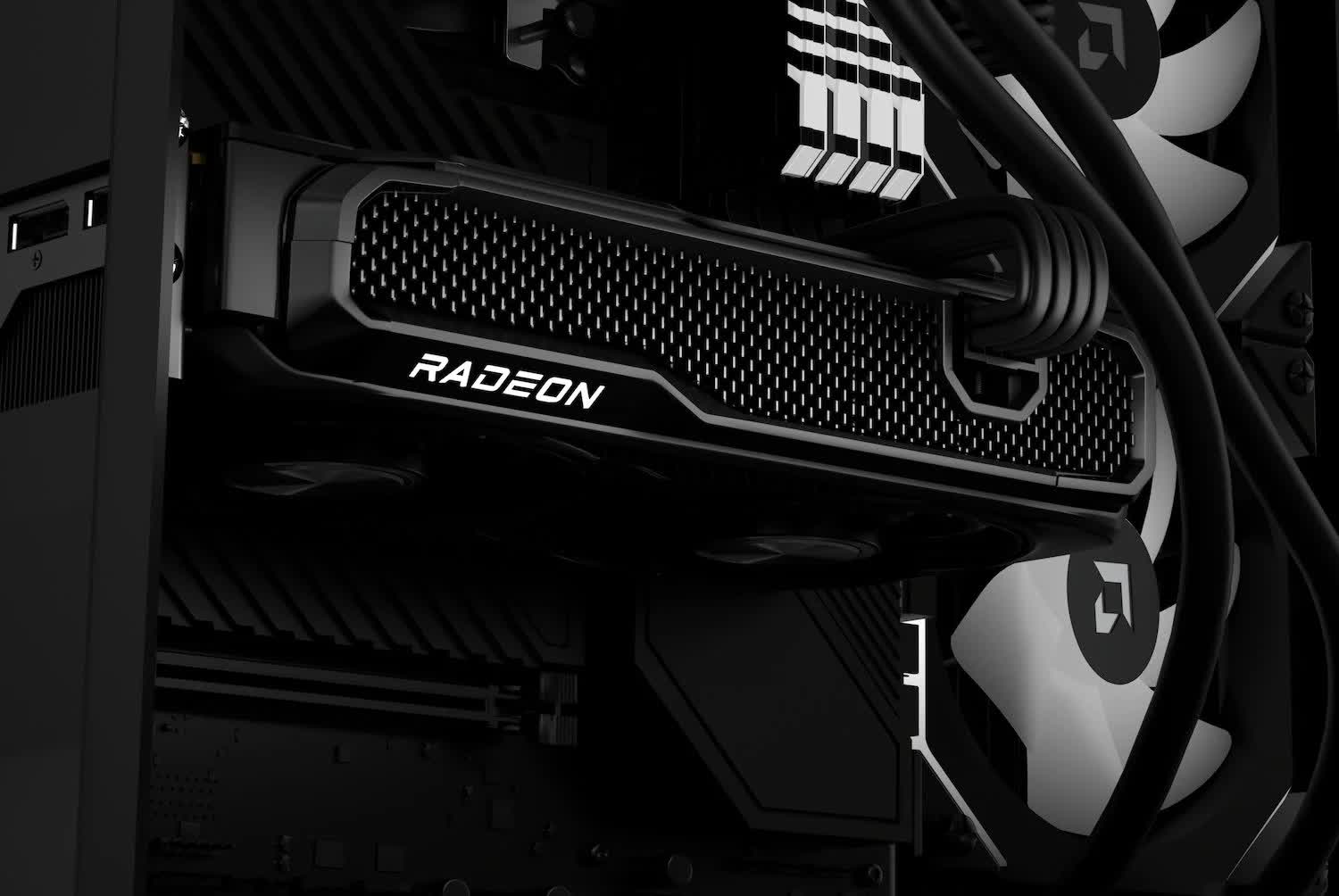Contributors to Scientific American’s June 2025 Issue
May 20, 20254 min readContributors to Scientific American’s June 2025 IssueWriters, artists, photographers and researchers share the stories behind the storiesBy Allison Parshall edited by Jen SchwartzJennifer N. R. Smith. Charles SmithJennifer N. R. SmithThe Social Lives of MitochondriaIn 2020, on a trip to Devon, England, Jennifer N. R. Smithwent swimming in the sea. Just as night fell, the water began to glow with light from bioluminescent algae. “It’s electric blue,” she recalls. “If you lift your arm up out of the water, it kind of sparkles all over your skin. It was the most magical experience I’ve ever had.” Smith, who had just finished a program in medical illustration, felt she had to draw this phenomenon immediately.Smith took inspiration from that experience to create her own style of illustration, which combines the traditional textures of collage and paper marbling with a technique called reverse stippling—pinpricks of light over a dark background. The technique evokes wonder in her for the natural world, with the dots representing more than just flecks of algae on her skin. “They could be the night sky or atoms, either the macro or the micro.”On supporting science journalismIf you're enjoying this article, consider supporting our award-winning journalism by subscribing. By purchasing a subscription you are helping to ensure the future of impactful stories about the discoveries and ideas shaping our world today.For this issue’s feature story on the mysteries of mitochondria, by behavioral neuroscientist Martin Picard, Smith visualized the organelles’ zigzagging inner walls by using this illustration method to “turn the mitochondrion into a labyrinth.” Rather than explaining concepts to readers with her drawings, she tries to invite them in by inspiring a sense of awe. “If you can spark wonder within someone about a certain topic,” she says, “they will interact with it in a way that’s much more deep and authentic.”Alec LuhnRefreezing the ArcticIn February climate journalist Alec Luhn took four days and four planes to travel to Cambridge Bay in Canada’s Nunavut territory. It was his second trip to the Arctic Circle for Scientific American—in 2023 he went to Alaska to investigate why rivers in Kobuk Valley National Park were turning orange. This time, while reporting on efforts to refreeze parts of the melting Arctic to stall the worst effects of climate change, he was struck by just how fast the environment was changing.“This is the Northwest Passage—the holy grail of ocean exploration for 400 years,” Luhn says, referring to the famed sea route connecting the Atlantic and Pacific Oceans. Many colonial explorers died trying to navigate the ice-clogged sea lane, “but now that ice is melting to the degree that cruise ships go through the Northwest Passage every single summer,” and local Indigenous communities, he says, are struggling to maintain a way of life that depends heavily on sea ice for hunting, transportation, and more.As Luhn observed the efforts to refreeze the melting cap, he often thought about how this harsh environment has made a mockery of colonial expeditions’ efforts to bend it to their will. “And here we are now again, trying to bring our technology to bear on the forces of nature” to counteract the melting we continue to cause, he says. “Will we succeed this time?”Rowan JacobsenCan Sunlight Cure Disease?For the past few years science journalist Rowan Jacobsen has been fascinated by the effect of light on our bodies. “We tend to think of light as ephemeral,” he says, yet it is physical—we’re constantly bombarded by photons, little packets of energy. “There’s no way it couldn’t have a health impact, in a way,” he says. Indeed, research across fields of medicine has shown that people exposed to more light tend to have better health outcomes. In our cover story for this issue, Jacobsen explores new phototherapies for autoimmune conditions such as multiple sclerosis.Jacobsen has written several books, on topics including oysters, truffles and chocolate. Food, he says, is a “clandestine” way to get people interested in the natural world. For his next book, about how light affects health, he recently embarked on a “self-experiment.” Jacobsen rented a 1962 Airstream in southwestern Arizona and spent a month without artificial light at night. After sunset “there’s nothing to dolie out and look at the stars,” he says.Jacobsen had returned to his home in Vermont just before we spoke for this interview, and he reported feeling refreshed. “My energy and my focus were awesome,” he says, attributing the improvement mainly to the early mornings. “Lesslight at night was good, but I think the bright sunlight in the morning was equally important.”Jay BendtScience of HealthJay Bendt fell into her illustration career “sort of backward,” she says. She had planned to take the path of many members of her family and become a doctor. But during her first year of college, she expressed interest in drawing on an administrative form and was unwittingly sorted into an art-focused track. “Being very young, I was like, ‘You know what, that actually doesn’t sound like a bad idea,’ ” she recalls. Bendt had grown up drawing in the age of DeviantArt, an online art platform popular in the 2000s, and had been inspired by the “magical girl” aesthetic of Sailor Moon and other anime. After graduating with a painting degree, she learned to integrate these interests with formal, conceptual skills to become a freelance illustrator.Bendt illustrates Scientific American’s Science of Health column, written by Lydia Denworth. This issue’s column about the impact of exercise on gut bacteria was a particular challenge. “Anything that has bacteria in it is one I need to think on more” to make it original, she says; it’s too easy to fall back on drawing little anthropomorphic cells. For editorial illustrations, Bendt picks a style that matches the story, but her personal work is unfailingly whimsical. “I try to make work that, once you’ve caught a glimpse, you have to look at it.”
#contributors #scientific #americans #june #issue
Contributors to Scientific American’s June 2025 Issue
May 20, 20254 min readContributors to Scientific American’s June 2025 IssueWriters, artists, photographers and researchers share the stories behind the storiesBy Allison Parshall edited by Jen SchwartzJennifer N. R. Smith. Charles SmithJennifer N. R. SmithThe Social Lives of MitochondriaIn 2020, on a trip to Devon, England, Jennifer N. R. Smithwent swimming in the sea. Just as night fell, the water began to glow with light from bioluminescent algae. “It’s electric blue,” she recalls. “If you lift your arm up out of the water, it kind of sparkles all over your skin. It was the most magical experience I’ve ever had.” Smith, who had just finished a program in medical illustration, felt she had to draw this phenomenon immediately.Smith took inspiration from that experience to create her own style of illustration, which combines the traditional textures of collage and paper marbling with a technique called reverse stippling—pinpricks of light over a dark background. The technique evokes wonder in her for the natural world, with the dots representing more than just flecks of algae on her skin. “They could be the night sky or atoms, either the macro or the micro.”On supporting science journalismIf you're enjoying this article, consider supporting our award-winning journalism by subscribing. By purchasing a subscription you are helping to ensure the future of impactful stories about the discoveries and ideas shaping our world today.For this issue’s feature story on the mysteries of mitochondria, by behavioral neuroscientist Martin Picard, Smith visualized the organelles’ zigzagging inner walls by using this illustration method to “turn the mitochondrion into a labyrinth.” Rather than explaining concepts to readers with her drawings, she tries to invite them in by inspiring a sense of awe. “If you can spark wonder within someone about a certain topic,” she says, “they will interact with it in a way that’s much more deep and authentic.”Alec LuhnRefreezing the ArcticIn February climate journalist Alec Luhn took four days and four planes to travel to Cambridge Bay in Canada’s Nunavut territory. It was his second trip to the Arctic Circle for Scientific American—in 2023 he went to Alaska to investigate why rivers in Kobuk Valley National Park were turning orange. This time, while reporting on efforts to refreeze parts of the melting Arctic to stall the worst effects of climate change, he was struck by just how fast the environment was changing.“This is the Northwest Passage—the holy grail of ocean exploration for 400 years,” Luhn says, referring to the famed sea route connecting the Atlantic and Pacific Oceans. Many colonial explorers died trying to navigate the ice-clogged sea lane, “but now that ice is melting to the degree that cruise ships go through the Northwest Passage every single summer,” and local Indigenous communities, he says, are struggling to maintain a way of life that depends heavily on sea ice for hunting, transportation, and more.As Luhn observed the efforts to refreeze the melting cap, he often thought about how this harsh environment has made a mockery of colonial expeditions’ efforts to bend it to their will. “And here we are now again, trying to bring our technology to bear on the forces of nature” to counteract the melting we continue to cause, he says. “Will we succeed this time?”Rowan JacobsenCan Sunlight Cure Disease?For the past few years science journalist Rowan Jacobsen has been fascinated by the effect of light on our bodies. “We tend to think of light as ephemeral,” he says, yet it is physical—we’re constantly bombarded by photons, little packets of energy. “There’s no way it couldn’t have a health impact, in a way,” he says. Indeed, research across fields of medicine has shown that people exposed to more light tend to have better health outcomes. In our cover story for this issue, Jacobsen explores new phototherapies for autoimmune conditions such as multiple sclerosis.Jacobsen has written several books, on topics including oysters, truffles and chocolate. Food, he says, is a “clandestine” way to get people interested in the natural world. For his next book, about how light affects health, he recently embarked on a “self-experiment.” Jacobsen rented a 1962 Airstream in southwestern Arizona and spent a month without artificial light at night. After sunset “there’s nothing to dolie out and look at the stars,” he says.Jacobsen had returned to his home in Vermont just before we spoke for this interview, and he reported feeling refreshed. “My energy and my focus were awesome,” he says, attributing the improvement mainly to the early mornings. “Lesslight at night was good, but I think the bright sunlight in the morning was equally important.”Jay BendtScience of HealthJay Bendt fell into her illustration career “sort of backward,” she says. She had planned to take the path of many members of her family and become a doctor. But during her first year of college, she expressed interest in drawing on an administrative form and was unwittingly sorted into an art-focused track. “Being very young, I was like, ‘You know what, that actually doesn’t sound like a bad idea,’ ” she recalls. Bendt had grown up drawing in the age of DeviantArt, an online art platform popular in the 2000s, and had been inspired by the “magical girl” aesthetic of Sailor Moon and other anime. After graduating with a painting degree, she learned to integrate these interests with formal, conceptual skills to become a freelance illustrator.Bendt illustrates Scientific American’s Science of Health column, written by Lydia Denworth. This issue’s column about the impact of exercise on gut bacteria was a particular challenge. “Anything that has bacteria in it is one I need to think on more” to make it original, she says; it’s too easy to fall back on drawing little anthropomorphic cells. For editorial illustrations, Bendt picks a style that matches the story, but her personal work is unfailingly whimsical. “I try to make work that, once you’ve caught a glimpse, you have to look at it.”
#contributors #scientific #americans #june #issue
0 Σχόλια
·0 Μοιράστηκε
·0 Προεπισκόπηση













